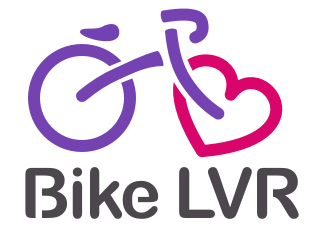
Correct saddle adjustment is a very important factor when it comes to getting the most performance and comfort from your bicycle. If the saddle position is not comfortable for you, or you feel that pedaling does not feel right, you should check the height of your bike saddle.
The saddle can be adjusted in four directions. Up and down are the main concerns, but some saddles have the possibility to make small adjustments back and front.
Up and Down Saddle Adjustment
To make sure your bike saddle is correctly adjusted please follow these steps:
- Sit on the saddle
- Place one heel on a pedal
- Rotate the crank until the pedal with your heel on it is in the down position and the crank arm is parallel to the seat tube.
- f your leg is not completely straight, your saddle height needs to be adjusted.
- If your hips must rock for the heel to reach the pedal, the saddle is too high.
- If your leg is bent at the knee with your heel on the pedal, the saddle is too low.
Once the saddle is at the correct height, make sure that the seat post does not project from the frame beyond its “Minimum Insertion” or “Maximum Extension” mark.
NOTE: Some bicycles have a sight hole in the seat tube, the purpose of which is to make it easy to see whether the seat post is inserted in the seat tube far enough to be safe. If your bicycle has such a sight hole, use it instead of the “Minimum Insertion” or “Maximum Extension” mark to make sure the seat post is inserted in the seat tube far enough to be visible through the sight hole.
If your bike has an interrupted seat tube, as is the case on some suspension bikes, you must also make sure that the seat post is far enough into the frame so that you can touch it through the bottom of the interrupted seat tube with the tip of your finger without inserting your finger beyond its first knuckle.
If you think that the entire bike is too small or too big for you, there is an easy way to determine that too by measuring the frame height whit this simple method.
